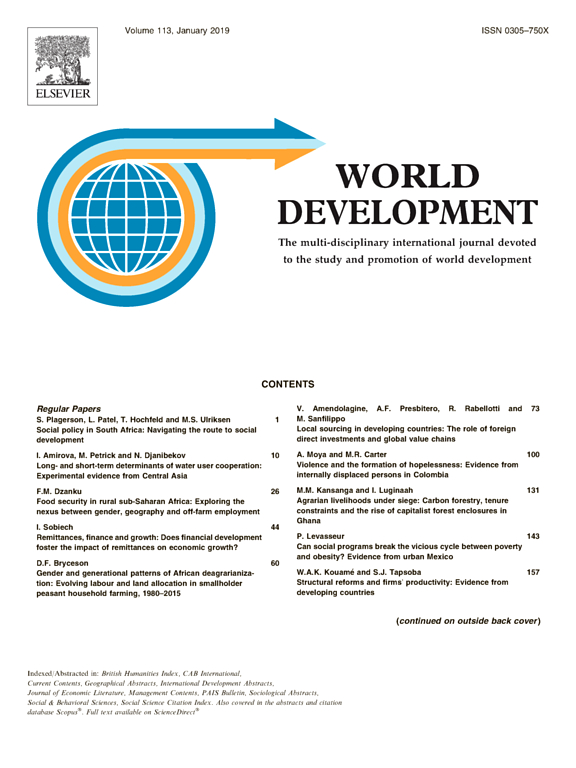Great apes occur in sub-Saharan Africa and southeast Asia. Efforts to link great ape conservation and poverty alleviation on the two continents share considerable similarities. The common issues allow the development of widely applicable guidelines and policy practice. However, the different sociopolitical, economic and ecological contexts of Africa and Asia need to be considered in developing any such guidance and practice. All six species of great ape are distributed in countries with high levels of rural poverty. The main threats to great apes in both Africa and Asia are large-scale land-use changes due to commercial enterprises such as oil palm plantations and logging, rather than local poverty. Nevertheless local poverty is a threat in fragmented forest habitats and in countries where the pressure on land is intense. The conservation of great apes has multiple links to poverty alleviation. Poverty can be a driver of local species loss. Conservation can either contribute to poverty alleviation or further exacerbate poverty, depending on how it is implemented and the benefits it generates. Many opportunities exist to link great ape conservation and poverty alleviation; however, inherent trade-offs must be considered. One of the most important is that all great apes are at serious risk of extinction, so conservation is the most critical priority. To that end national and international laws and conventions that protect great apes should be implemented and adhered to. The international interest in carbon conservation, and associated REDD+ schemes, has the potential to provide significant co-benefits to great ape conservation and poverty alleviation by preserving forests of biodiversity value. However, REDD+ also presents risks to both local livelihoods and great apes due to a sole focus on carbon conservation. Potential risks include the exclusion of local people from forest resources and ‘leakage' of forest degradation and deforestation activities from high-carbon forests to high-biodiversity forests, including those with great ape populations. Equitably managed great ape tourism can, in the right circumstances and in a limited number of sites, generate significant revenues and contribute to both great ape conservation and the livelihoods of local people. Conflict between humans and great apes can damage the livelihoods of poor people, for example by ape consumption of subsistence crops. Human-wildlife conflict can also undermine conservation efforts, such as through killing of great apes or loss of local support for conservation initiatives. Great ape tourism runs the risk of exacerbating such conflict because it is based on habituating great apes to humans.
Download:
DOI:
https://doi.org/10.17528/cifor/004097
Altmetric score:
Dimensions Citation Count:

























